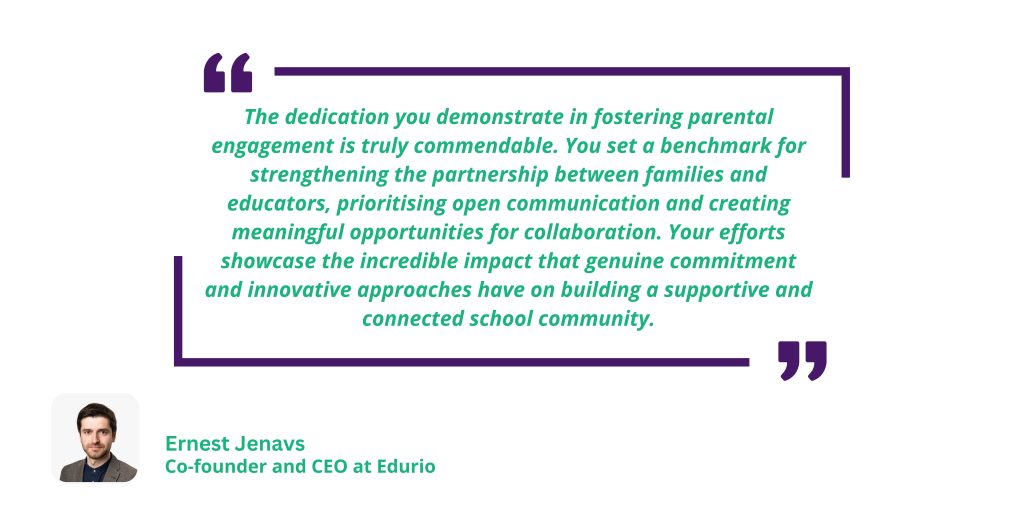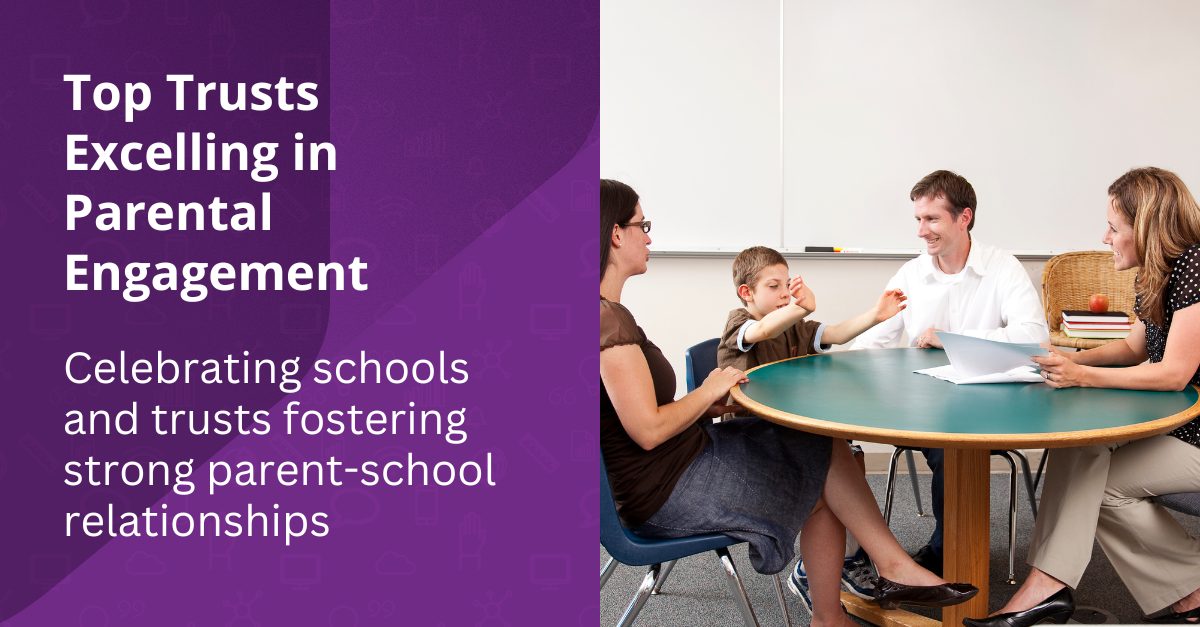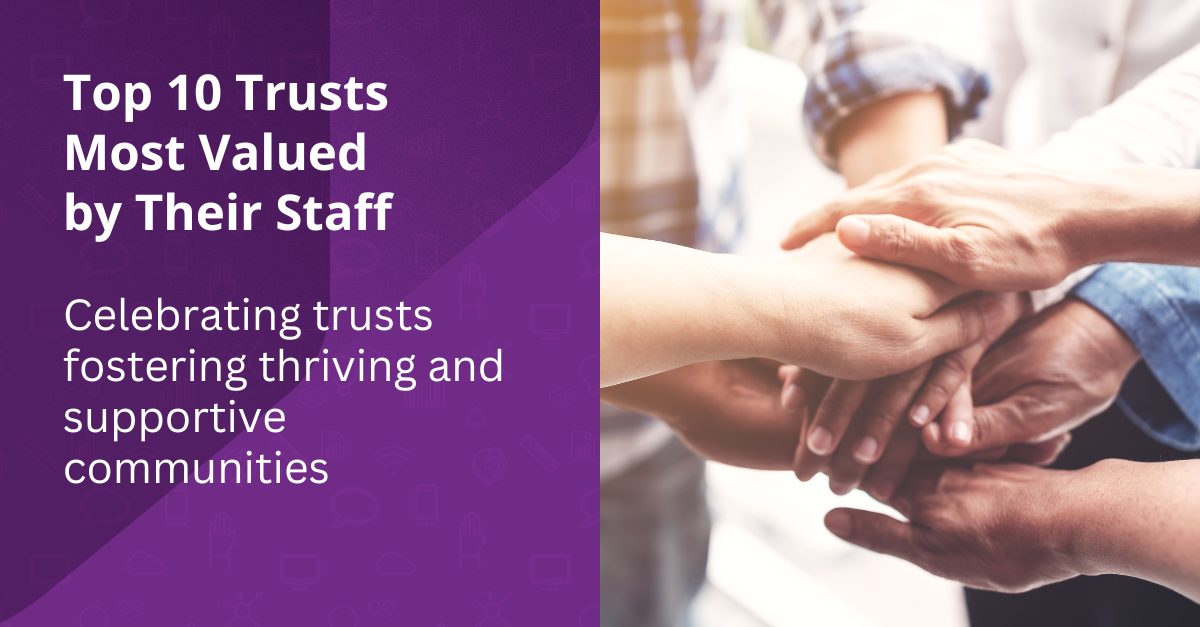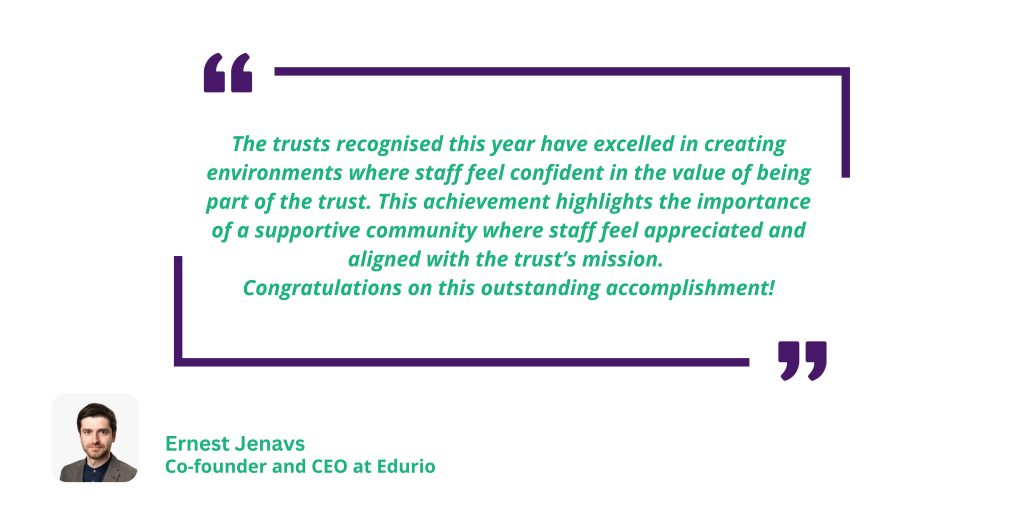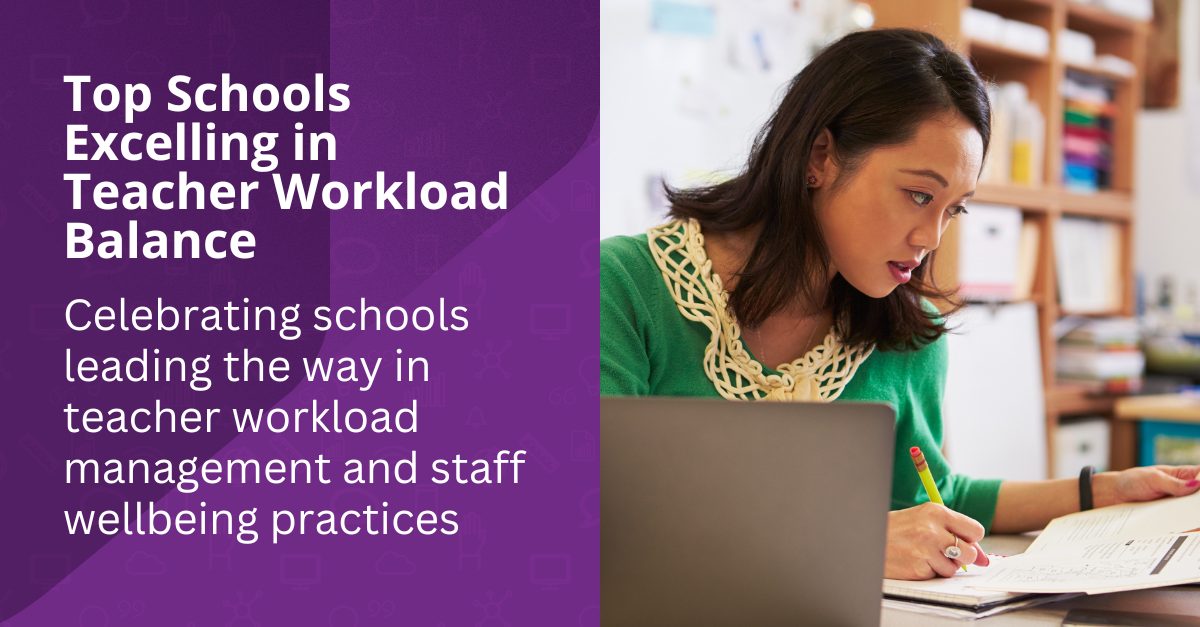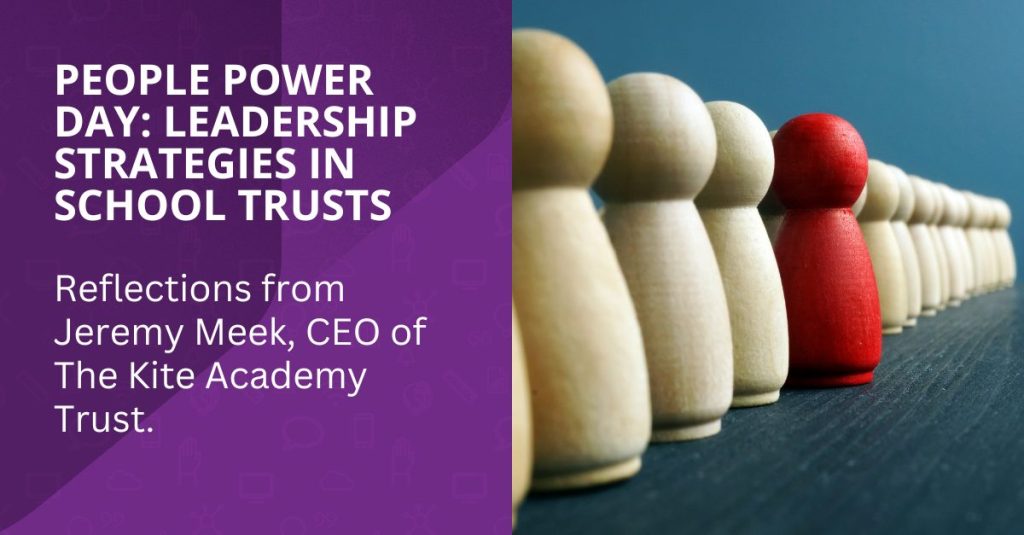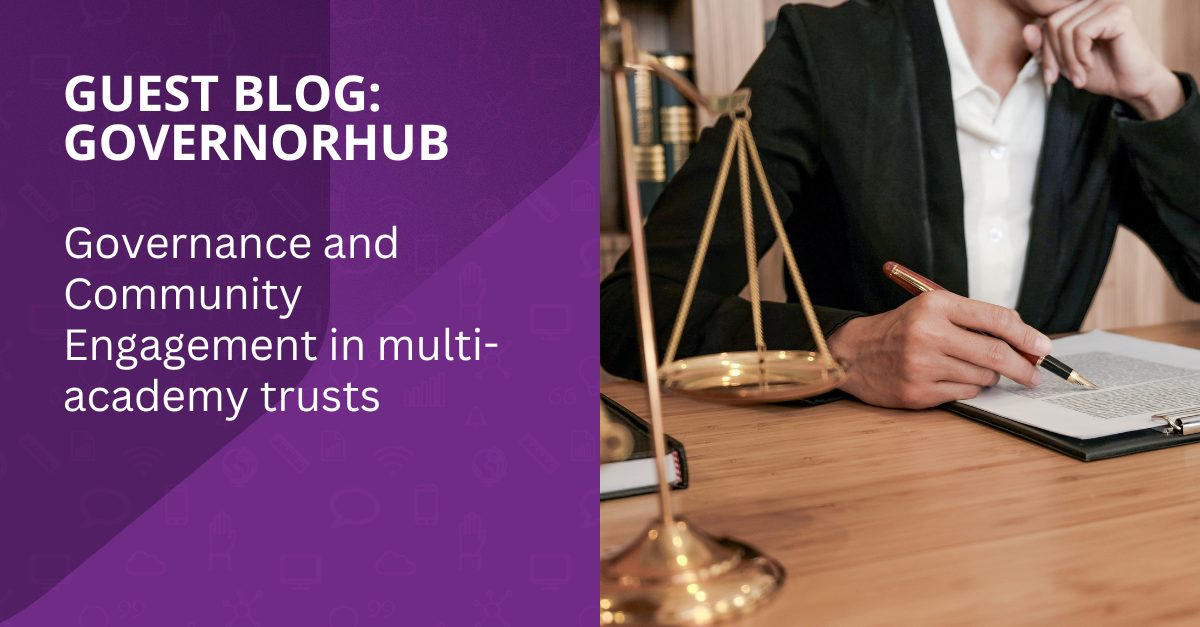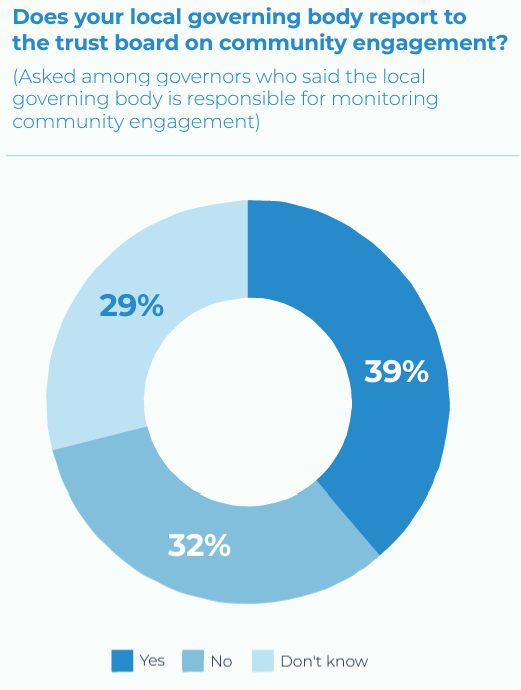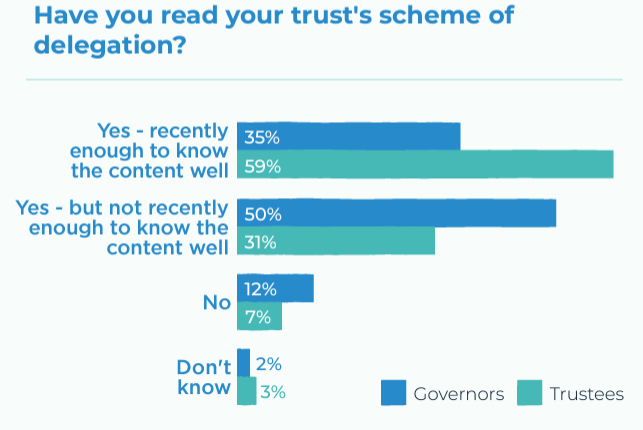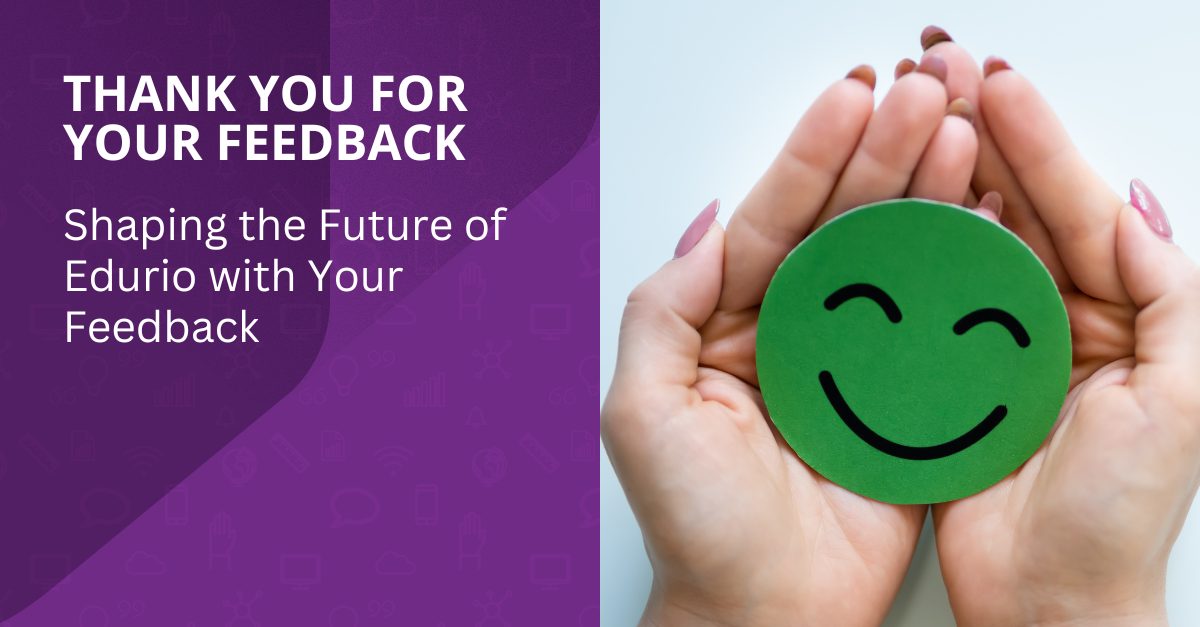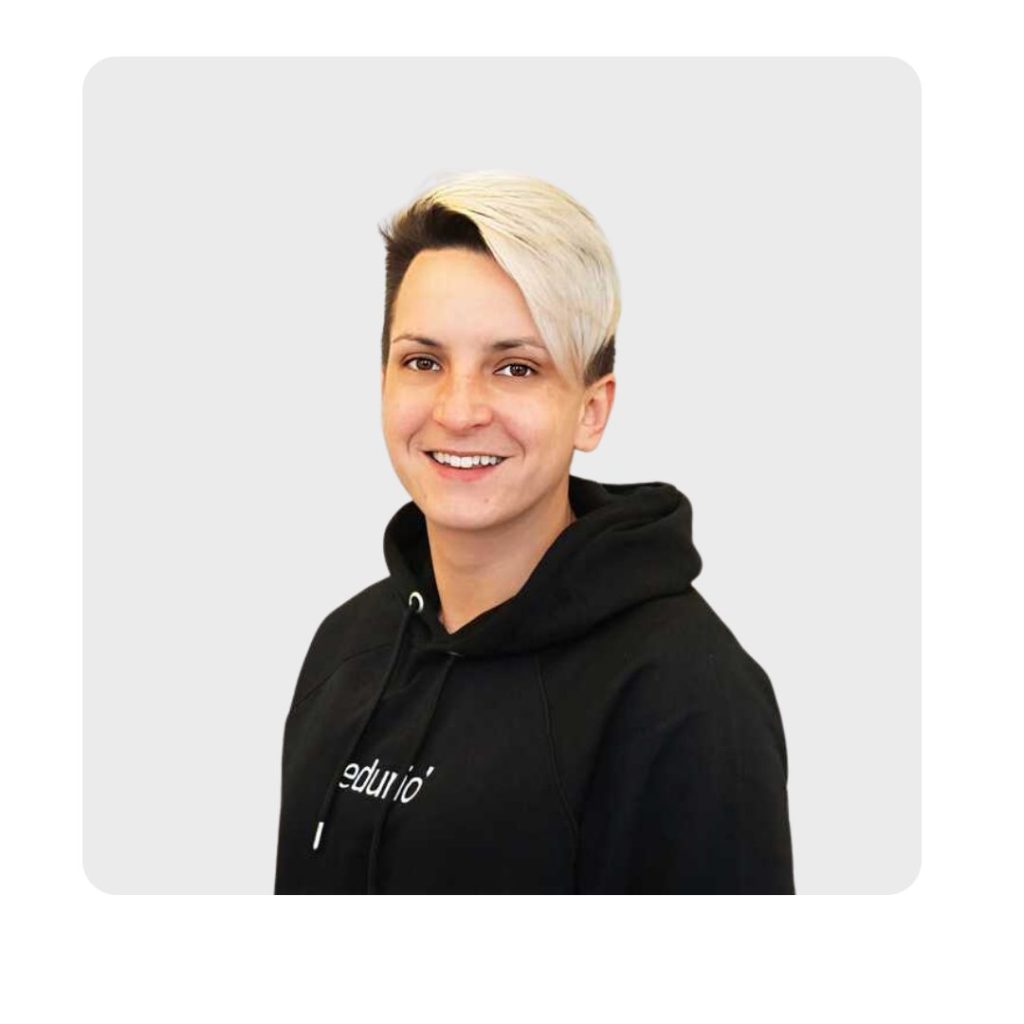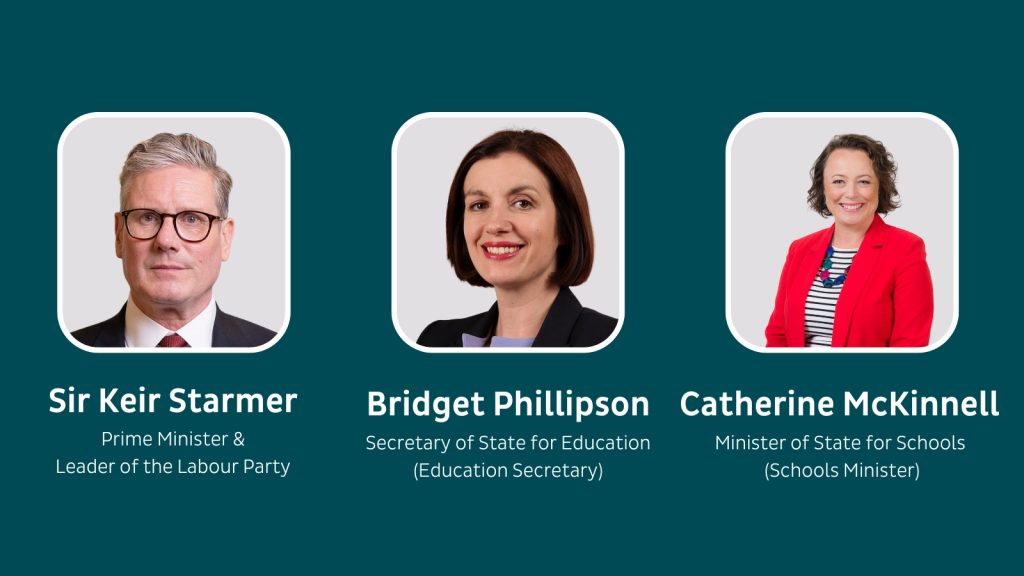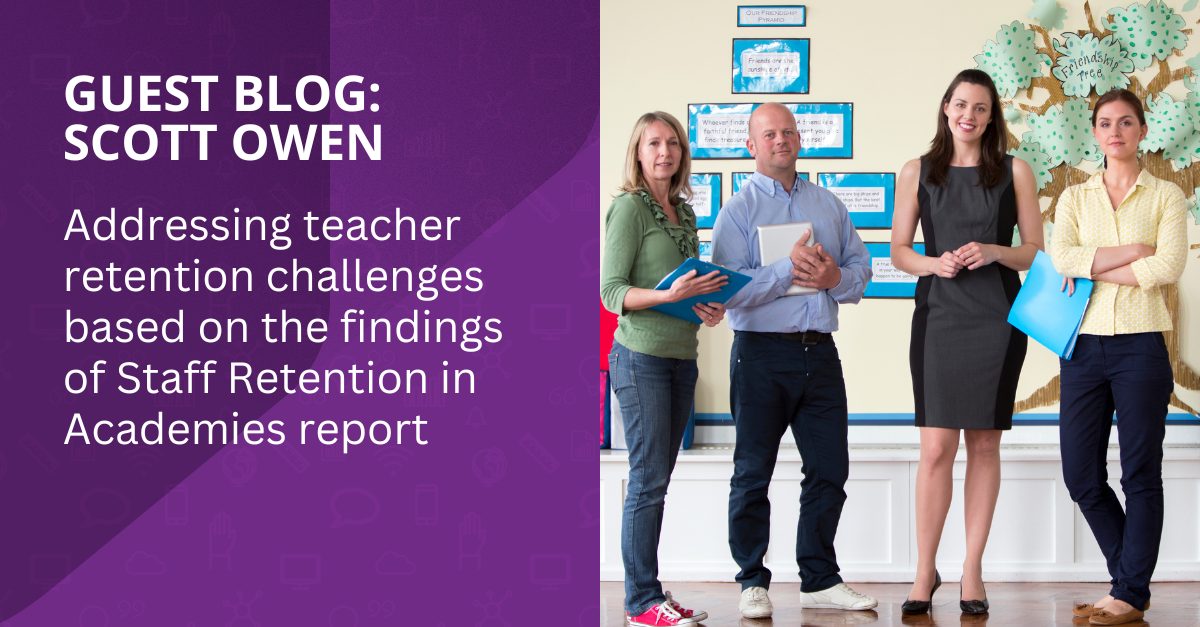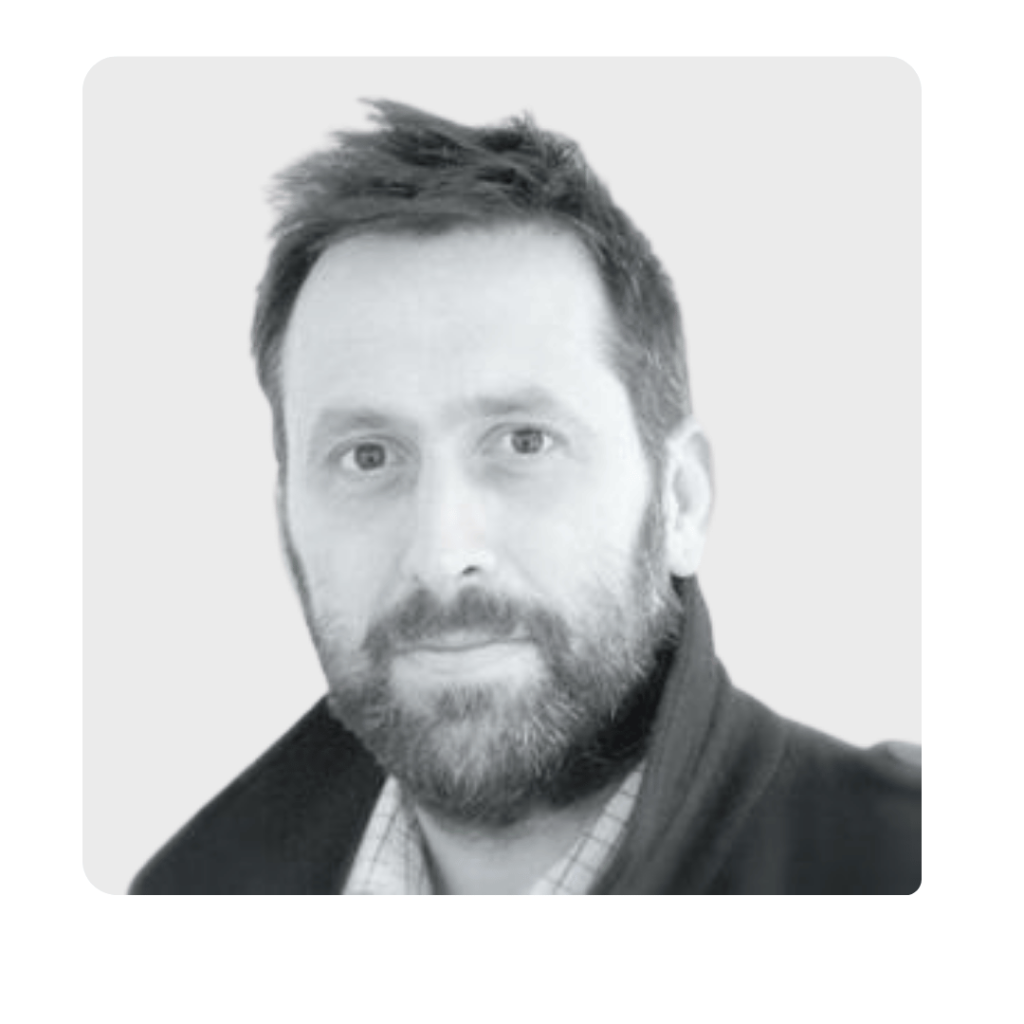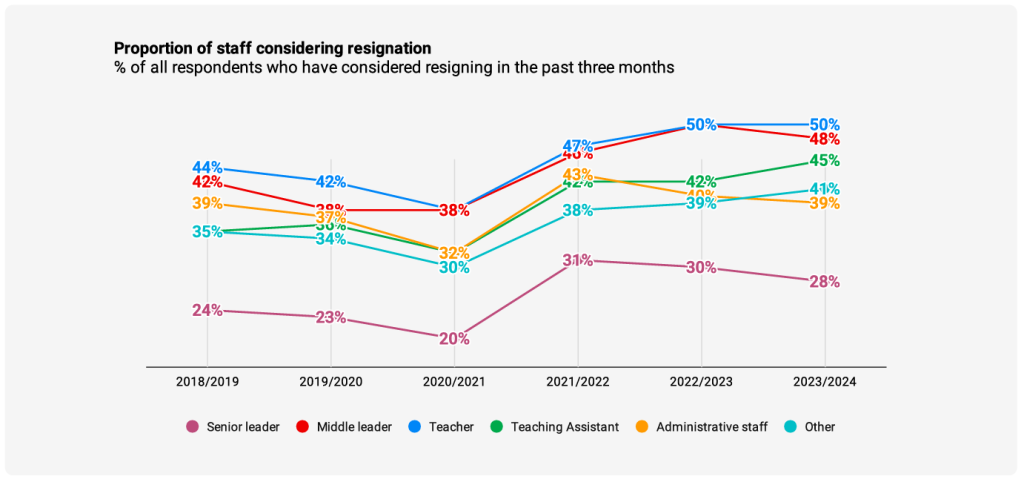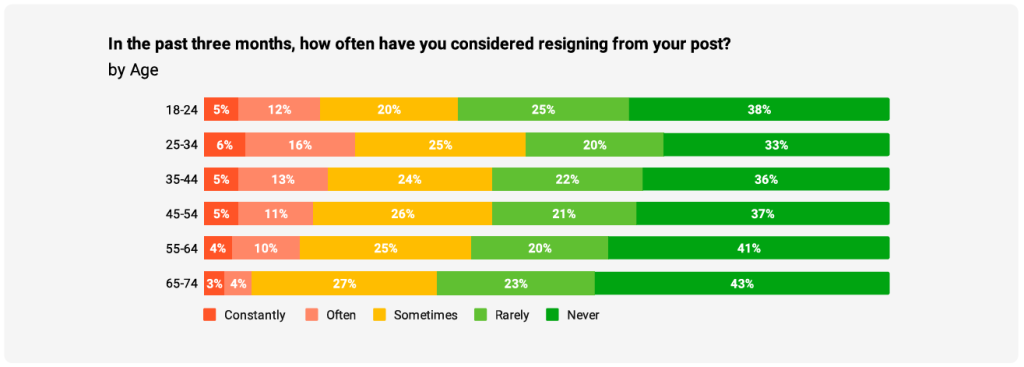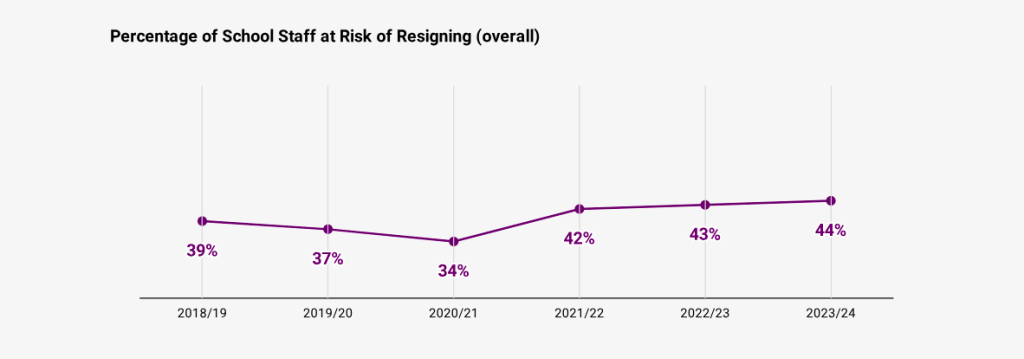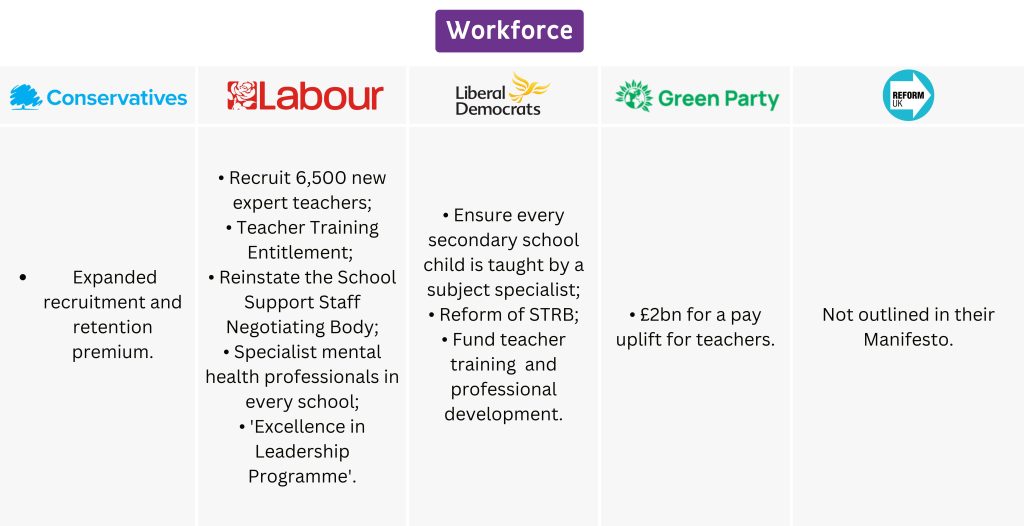In Spring 2024, we interviewed 13 distinguished leaders from the trusts and schools that achieved the highest leadership scores in our data.
We spoke to a range of key figures, including CEOs, COOs, HR Directors, and Headteachers, and compiled the key insights from these conversations into a one-of-its-kind resource - Leadership Strategies in School Trusts Guide.
In this blog, we've extracted 10 key leadership strategies from England's top education leaders to help you improve your school or trust.
1. Grow your people
Christine Ellis, COO of Cranmer Education Trust, shared that by looking at the trajectory of staff’s career development, the Trust is trying to mitigate the recruitment gap and ensure strong retention going forward.
This is illustrated by the Trust's teacher training and development arms - Manchester Nexus SCITT and East Manchester Teaching School Hub. With a network of partners, the Trust delivers the early career framework, national professional qualifications, and initial teacher training.
Personalised support and opportunities for professional growth show staff they are valued and worth investing in.
2. Ensure collaborative leadership
Within EEEA Trust, the autonomy of schools puts the responsibility on school leaders to find the best solutions for their school. The Trust checks that what the school wants to do is appropriate, valid and impactful.
This principle extends to the staff at Maybury Primary School as well. Headteacher Amanda Merritt explains: "Every year, we have an inset day that looks at the school development priorities and how everyone’s going to feed into it. We have an approach that everyone in our school is a leader of something, it’s not a hierarchical approach. All staff are leading something within the role that they do. We have curriculum teams which are a collaborative group of teachers, teaching assistants, governors and curriculum leaders, who lead these groups, so it’s very much a shared approach."
We have been supporting EEEA with stakeholder feedback for years. Read the case study to learn more about how the Trust has been using our platform to drive improvement and better engage stakeholders.
3. Embrace support and guidance
A significant piece of advice from Gavin Booth, the CEO of Infinity Academies Trust, is promoting a culture where seeking help and guidance is seen as a strength rather than a weakness.
This approach challenges the misconception that to be effective, leaders must operate independently. He questions: “Why have you done this on your own? You didn’t need to do this on your own; we would have helped to do that.”
Furthermore, Gavin added that he sees leadership within the Trust as a “team game,” moving away from the notion of the solitary leader who commands and controls. This collaborative approach fosters a sense of unity and shared purpose amongst all members of the Trust.
4. Stay focused and do not go with trends
Inspiration Trust’s HR Director, Liz Howard, advises that leaders should avoid flip-flopping from one great initiative to another if they want to ensure great leadership. Shifting from one initiative to another can fragment the team.
Instead, staying consistent ensures that there are not too many priorities diverting the team's focus.
Inspiration Trust makes its priorities for success crystal clear to achieve the notable impact of high educational outcomes within challenging contexts.
As Liz puts it: “If everything is a priority, nothing is. So if you’ve got a list of 100 things, just scrap it, go for the top three, and you’ll achieve the top priorities.”
One practice that helps drive the culture of shared vision and responsibility at Nova Education Trust is Network days.
Every half term, school headteachers and the executive team come together for Network days. Time is dedicated to look at the big strategic topics the Trust is working on. For example, when trying to define what it means to have “transformational experiences” at the Trust, time was spent codifying what the pillars of transformational experiences mean together.
This resulted in school heads gaining a clearer understanding and feeling more confident about conveying the message back to their schools. There are also social benefits to this. The headteachers can get to know one another and talk to other heads informally about the weight of responsibility of leading a school.
Andy Seymour, Director of School Improvement at Nova Education Trust, explains: "We cast everybody as a Trust leader all geared towards achieving our mission, vision and values."
Over the period from 2022 to 2024, Nova's staff perceptions of behaviour increased by +18%, which is +17% above the Edurio National Secondary benchmark. Read our good practice spotlight to find out how they achieved this.
6. Foster constructive conflict
Ash Rahman, the CEO of Nova Education Trust, says collaboration is central to the Trust’s work and can take various forms.
Collaboration is further enhanced by the strength of the relationships, which acknowledges that challenging one another is essential for improvement. The idea of “constructive conflict” means building space for tough conversations to happen and trusting one another that what’s good for the children is at the core of this discussion.
He explains, "We bring in great people, trust and empower them, and encourage constructive conflict, and we’ll continue to do that.”
7. Make leaders accessible
Pinnacle Learning Trust adopts an open and accessible leadership style devoid of any "ivory tower" mentality. COO Pamela McIlroy highlights that "Senior leaders have an open door policy, so any member of staff can speak to a member of the senior leadership team if they want to."
Part of the Trust’s vision, "Develop outstanding leadership at all levels," reflects its belief in the transformative impact of leadership on workplace experiences. Substantial investments have been made in internal leadership training programmes.
Internal specialised training for support staff managers and teachers is tailored to ensure that staff develop a sense of leadership at every level, whether as a team leader or as a leader in their classroom. These training sessions have led to positive evaluations, career progression, and internal staff retention and promotion.
8. Be considerate with policy implementation
Pamela emphasises the importance of considering the workforce when implementing new policies or practices.
Leaders should reflect on how these changes will affect staff, asking, "Are we introducing a new practice that feels like a good idea but will add extra hours per week for staff to deliver?"
Fairness in applying policies is also essential; all staff need to feel that, however, the policy applies to them, they will be treated fairly and compassionately. This perspective ensures that leaders make decisions with an understanding of the practical impact on the people within the organisation.
9. Make staff wellbeing a priority
In recognition of the recruitment and retention issues due to workload pressures and stress, Trust and school leaders at The Priory Federation of Academies Trust dedicated efforts to improve staff wellbeing before it became an issue.
As a result, the Trust set up a strategic group with representatives from the central teams and schools, eventually appointing a Staff Wellbeing Director.
Furthermore, the introduction of Mental Health First Aiders and Staff Wellbeing Champions throughout the Trust’s schools and central service teams demonstrates a multi-layered approach to wellbeing. This structure ensures staff have immediate support contacts whilst maintaining a seamless link of communication and support from the Trust to individual academies.
Additionally, the annual staff wellbeing survey and the responsive “You Said, We Did” approach to the top three priorities further underscores the Trust’s dedication to acting upon staff feedback.
10. Don't be complacent
The Tiffin Girls’ School puts a great deal of effort into reviewing and monitoring their progress. HR Director Claire Russam says, "You can be doing any number of things, but it is the continual review that is key and continuously checking in" that drives success.
The strategic development plan is reviewed on an annual and regular basis to ensure progress is being made and everyone is still aligned on the goals.
"It’s about not being complacent. Yes, we’ve got a great senior leadership team. We’re getting out into the community. We’re developing our equality, diversity and inclusion plans through the curriculum. Yes, our students do really well in the curriculum. But it’s that continual review. It’s those check-ins and… What are we missing? The headteacher will often ask me. What am I missing? What haven’t I done? What should I be doing? So it’s that constant questioning."
What's next?
We hope you found these tips insightful and feel inspired to start the improvement journey of your school or trust.
Explore more strategies and in-depth case studies by downloading our full Leadership Guide. If you prefer a shorter read, have a look at other blogs for more leadership wisdom:
If you already have improvement ideas in mind and would like to discuss them with an Edurio survey specialist, feel free to book a demo.
